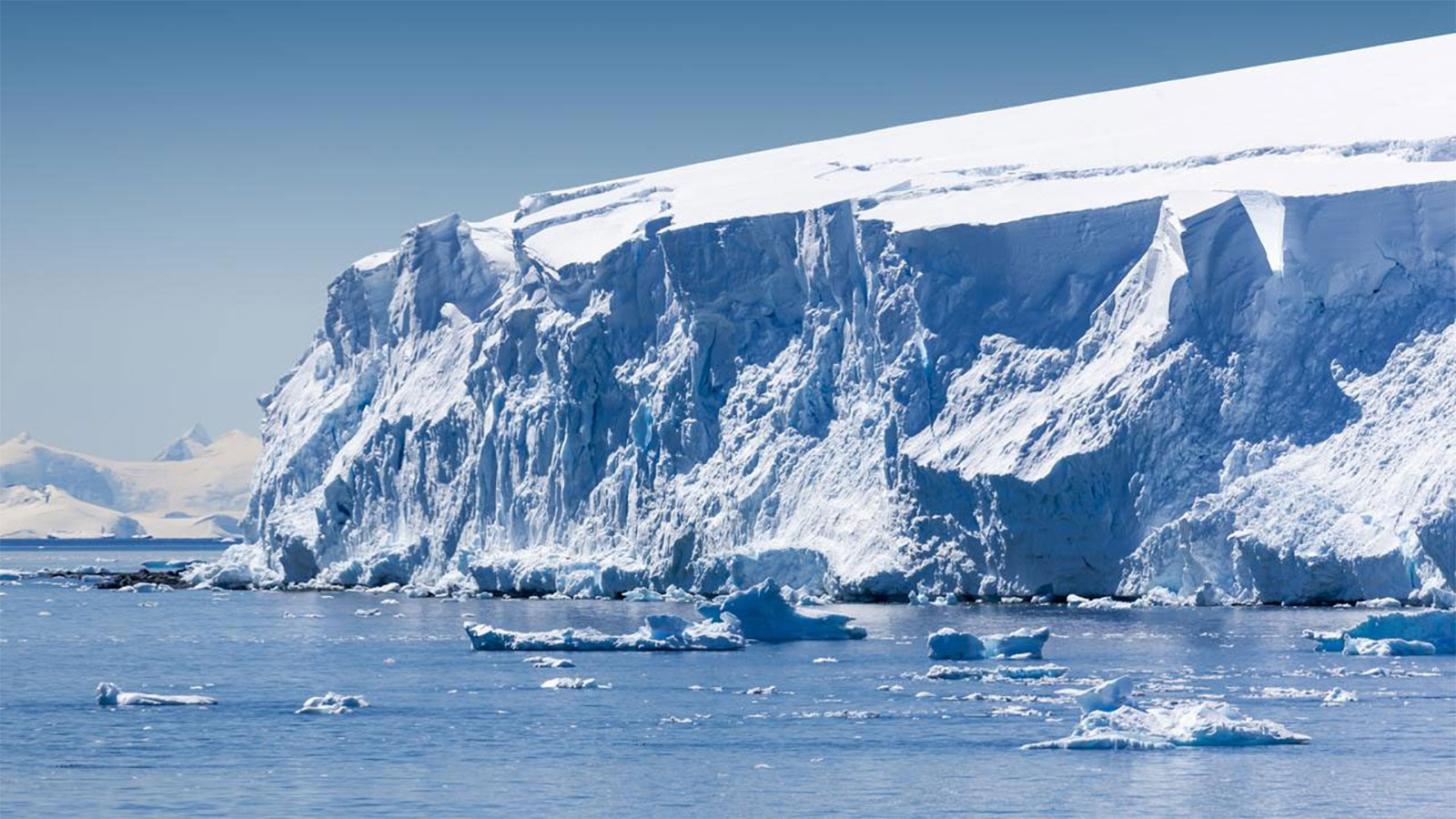A big glacier in Antarctica, called Thwaites Glacier, is losing a lot of ice. It’s the widest glacier in the world, but it’s melting more than it’s getting snow. This situation makes it more unstable. Since the 1970s, the ice loss has been speeding up. But a new study says it actually started back in the 1940s. This study, published in the journal PNAS, was led by researchers from the University of Houston.

The study found that both Thwaites Glacier and another one called Pine Island Glacier started melting around the same time in the 1940s. This melting is linked to changes in the climate, particularly an event called El Niño, which warmed up the west Antarctic. The researchers used different methods to figure this out. They collected sediment from the sea floor near the glacier, then used x-rays and dating techniques to understand its history.
Thwaites Glacier is important because if it melts completely, it could make sea levels rise by 65 centimeters (25 inches). It’s like a cork in a bottle, holding back other ice. If it breaks, more ice could flow into the ocean. Understanding how Thwaites Glacier is melting helps scientists make better predictions about sea-level rise. This is important for planning and preparing for the future.
The researchers are part of a bigger project called the International Thwaites Glacier Collaboration. It’s a partnership between the U.S. and U.K. to study the glacier and its impact on sea levels. The study’s authors are from different universities and research institutes around the world. They worked together to uncover the history of Thwaites Glacier and understand its future.
Leave a Reply